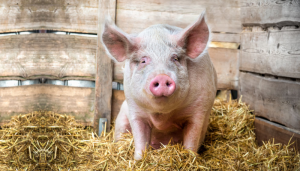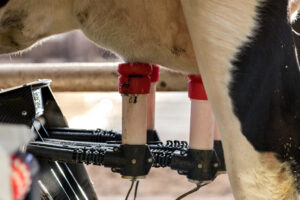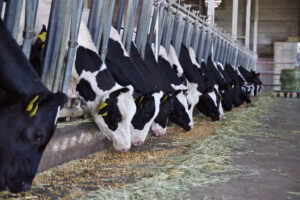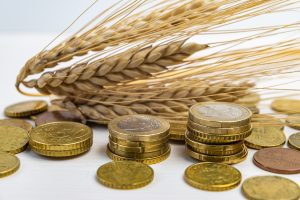Meat quality depends on several criteria including the level of stress to which the animal has been subjected.

How is the “meat quality” of pork defined?
The main indicator to define the technological quality of pork meat is pH. This measurement provides information on the suitability of the meat for processing and is therefore essential for slaughterers and curing plants. This measurement is all the more important as it is strongly correlated with other technological parameters such as colour or water retention of the meat, but also with organoleptic criteria such as tenderness, juiciness or flavour.
Two categories of meat are to be avoided for their poor quality:
- Meats with a pH ≤6 called PSE meats: Pale, soft and exudative. Very acidic and clear, they have a low water retention capacity. They should be avoided when processing into ham.
- Meats with a much higher pH > 5.8 are called DFD: Dark, firm and dry. Dark, firm and dry meats have a short shelf life.
Manufacturers will therefore favour meats with a pH between 5.6 and 5.8. Some quality sectors even go so far as to remunerate farmers on this parameter.
Stress and its consequences on the quality of pork meat
To understand the impact of stress on the pH-metric value of pork, a distinction must be made between short-term and long-term stress.
Short-term stress
Short-term stress refers to stressful events that occur before the animal is bled.
When the animal perceives stress, the body goes into a state of alert. A rapid mobilization of energy is necessary to ensure the natural response to stress: fight or flight. Consumption of glycogen as an energy source will produce a significant amount of lactic acid. If bleeding occurs shortly after the stress, the lactic acid will not be eliminated, resulting in low pH meat called PSE.
Long-term stress
Pigs can also be exposed to long-term stress such as long transport times, fighting in groups at the abattoir, and long waiting times in the pen.
Pigs fasting at the slaughterhouse, long-term stress will deplete their glycogen stores. The post-mortem acidification process will therefore be inefficient and the meat will retain a high pH, so we will have DFD meat.
If you wish to learn more about stress, you may be interested in this article.
What are the solutions to guarantee good meat quality?
As you will have understood, in order to guarantee meat at the optimal pH, the muscle glycogen level must be high enough and the pigs must undergo a minimum of stress before and during slaughter. At slaughterhouse level, transport times, waiting times in the open but also waiting conditions (access to water, density, etc.) are essential and standardised measures often well controlled. Preventive steps also exist at the breeding level. In addition to complying with specific breeding standards (density, access to the feed trough or brightness), a good human-animal relationship will facilitate handling in the slaughterhouse. But if all these elements are known and often fairly well mastered, why is it that the animal is never taken into account as an individual capable of an customized response? Stress is an individual response that generates variable and uncontrollable effects on meat quality. However, the necessary improvement of the animal’s environment will come up against individual variability in the perception of this environment. It is up to us to dare to speak directly to the animal, strengthening its natural ability to resist and adapt to stressful situations!





